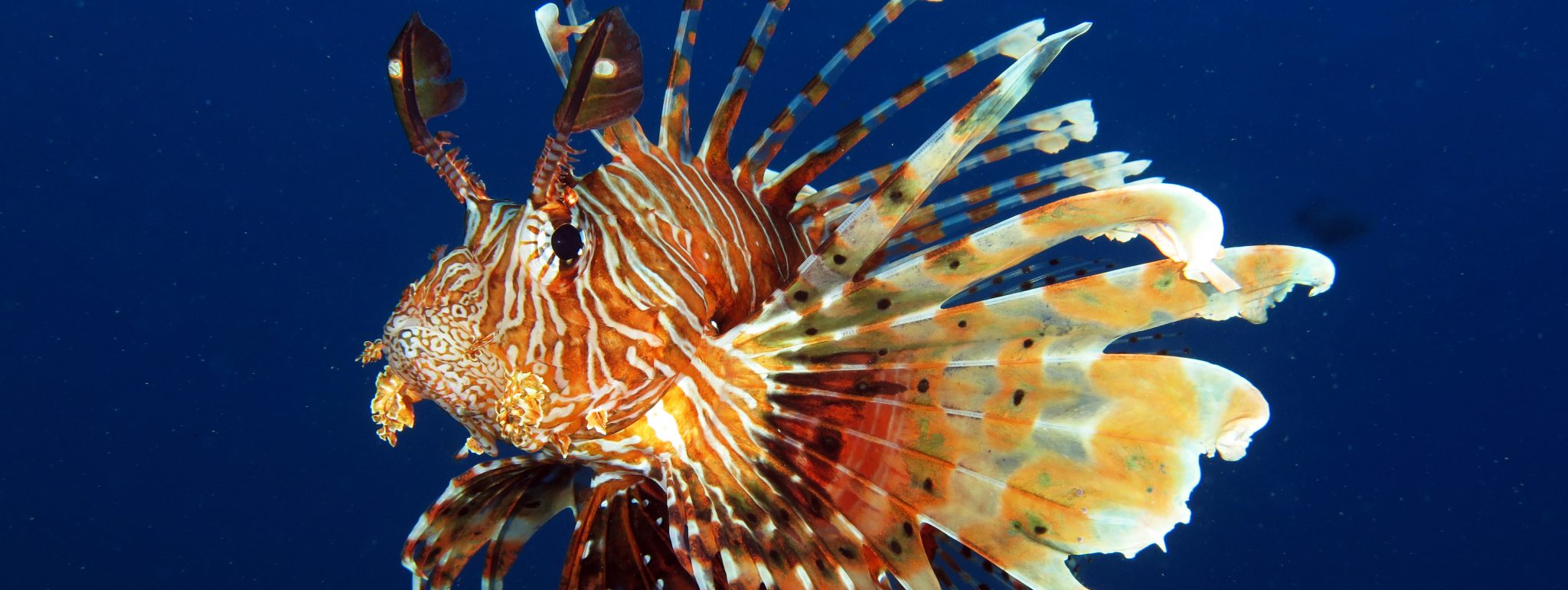
6 Invasive Species That You Can Eat For Dinner
,
No, not sci-fi aliens, robot troops, or biological warfare (although, these ‘aliens’ are deliciously frightening)!
An invasive species is an animal or plant that humans have introduced to an unfamiliar environment through human intervention. This causes seriously detrimental effects on the native environment. Many chefs are joining environmentalists, activists and peeved farmers/fishermen in the fight against these alien invaders-by putting them on the menu.
Here are six invasive species that you can include on your menu.
Lionfish
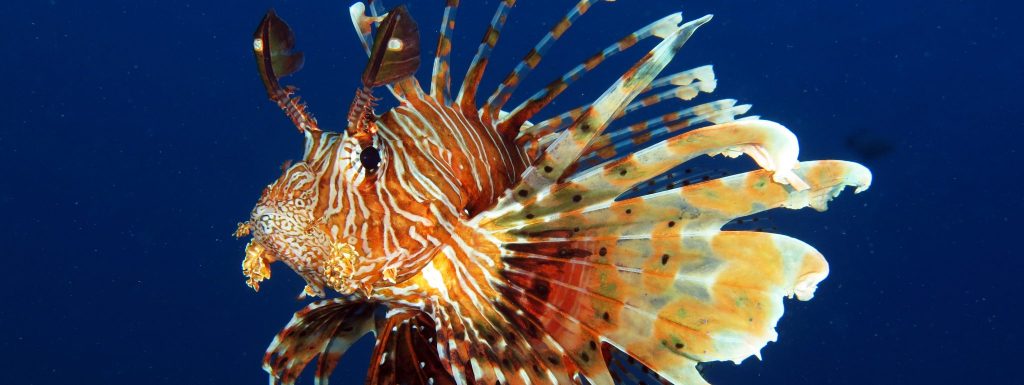
Yes, that crazy looking aquarium fish is edible, and it’s delicious. Native to the south pacific, scientists are not entirely sure how they arrived in the gulf and South Atlantic. Some suspect that a home aquarium hobbyist started releasing lionfish after realizing their aggressive nature. They reproduce quickly, have no natural predators, and have voracious appetites. Lionfish will quickly deplete many of the local reef fish populations. Though their spines are poisonous (actually losing it’s potency once caught), the flesh is not. Lionfish is white, flaky and firm. You could compare them in flavor to a grouper or mahi.
Asian Carp
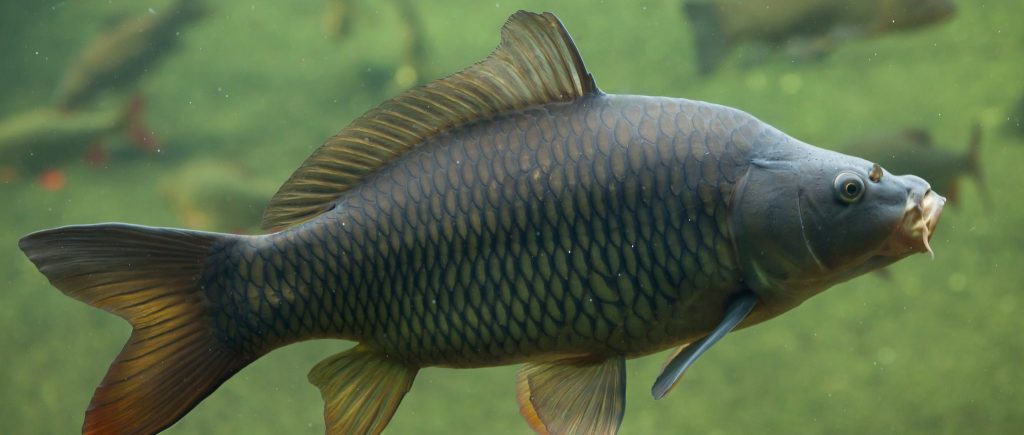
The Asian Carp was introduced to the Mississippi river regions to help clean commercial ponds. Flooding in the area caused them to be introduced to local rivers. The population boomed. These fish overtook areas of the delta, feeding rivers and streams. Soon they were eating up the food supply of other aquatic life. European and Asian cuisine feature a lot of carp. The flavor is similar to tilapia and cod.
Blue Catfish
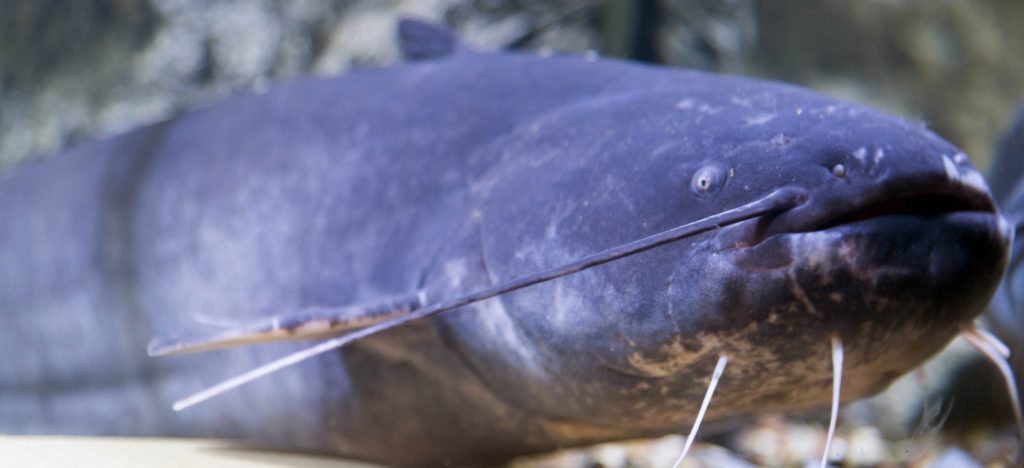
The Blue Catfish is the scourge of the Chesapeake. These giants were introduced to the region as an additional sport fish. The problem is that their large appetite is bottomless. The blue catfish feed on blue crabs, oysters and just about anything else that happens to swim, crawl or pass by- depleting massive populations. The good news is that catfish is delicious, so it makes a great centerpiece for any dish.
Rusty Crayfish

Crayfish in Wisconsin? Yes, and their population is growing. The rusty crayfish, slightly smaller and darker in color than its bayou cousin, is aggressively pushing out native species. Local fisherman introduced these little critters to the region by using them as bait. They are wrecking havoc on the upper Midwest waterways, but they’re absolutely delicious.
Wild Boar
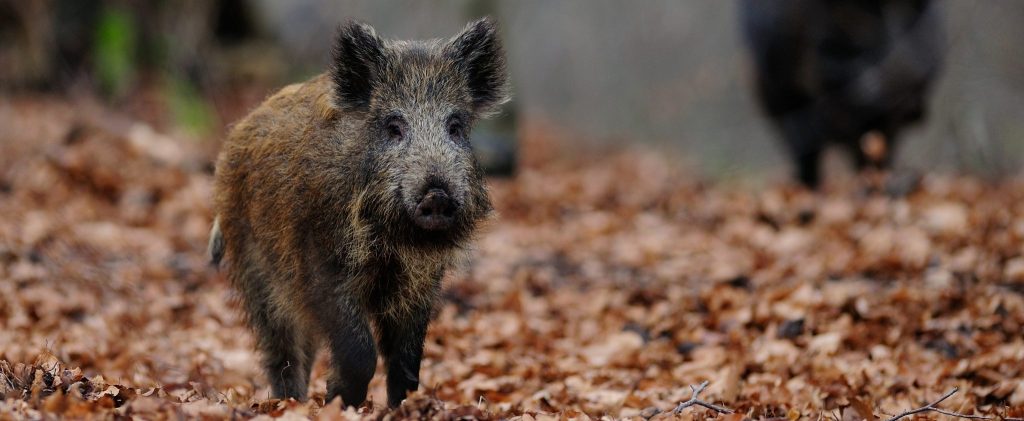
The Wild Board is the most dangerous and destructive invader on our list. These feral beasts are the descendants of escaped or released domesticated pigs. Boars were first introduced to the wild going as far back as the 1500s. There are problem populations all across the US-causing crop damage, disease and loss of livestock. Unlike the seafood on our list, you are not allowed to hunt wild boar. It must be caught and slaughtered by a licensed facility.
Purslane

Purslane is the leafiest invader on our list. It is a very tasty succulent. The USDA has labeled it both invasive and noxious. Noxious doesn’t mean poisonous, I promise. We’ve been pulling this weed from in between sidewalk cracks and garden beds all the while it should’ve been on our plates. In fact, people used to eat it a lot back in George Washington’s day. The purslane problem is that it grows quickly, hardy and lasts for years. This invasive plant overtakes natural flora and farmed organic agriculture.
Do you serve any of these at your restaurant? We want to know! Don’t forget to share in the comments below or on any of our social media accounts. Follow us on Facebook, Twitter, Instagram, and YouTube!






Write a Comment